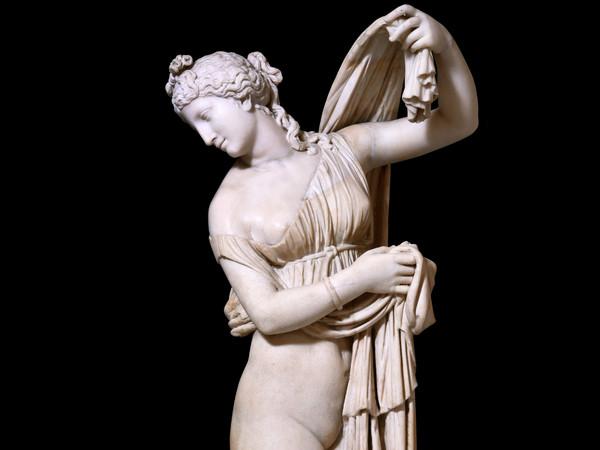Italy celebrates 2,000 years since the death of one of the greatest poets of Latin literature – Ovid – with a rich, in-depth exhibition held in Rome’s Scuderie del Quirinale.
Inaugurated last week, and on view until January 20, 2019, “Ovidio. Amore, miti e altre storie” (Ovid. Love, myths and other stories) features 250 works of art from 80 museums around the world, including the Uffizi, the Louvre, the National Gallery of London, and more.
The exhibition includes sculptures, paintings, frescoes, funerary reliefs, volumes, vases, jewels and more objects of all kinds, all precious and unique, such as Botticelli's ‘Venus pudica’, the ‘Venus callipigia’ from Naples’ Archeological Museum, depictions of Ovidian myths made by Cellini, Tintoretto, Ribera, etc., as countless artists have been inspired through the centuries by the author of the Metamorphoses, the 15-book narrative poem which chronicles the history of the world from its creation to the deification of Julius Caesar.
Ovid was a Roman poet who lived during the reign of Augustus. He was a contemporary of the older Virgil and Horace, with whom he is often ranked as one of the three canonical poets of Latin literature. Ovid became a very popular writer in his lifetime, however at some point he was sent by emperor Augustus into exile in a remote Roman province on the Black Sea, where he remained until his death. It was never revealed why, although Ovid hinted at the cause of his exile as “carmen et error,” (a poem and a mistake). His exile was probably due to the fact that he did not support Augustus’ revolution, not just in the form of government, but also in the realm of traditions.
The exhibition, curated by Francesca Ghedini, is the result of 10 years of research and two of set up. “A project dedicated to one of the most prolific poets of antiquity,” explains Ghedini. “An unrivaled writer of universal feelings who lived in and witnessed one of the crucial moments in the history of Rome, when the strong personality of a young leader, Octavius, who later became Augustus, transformed the Republic into an Empire.”
The itinerary follows the different themes of Ovid’s work and life, from love and eroticism to his conflict with Augustus, from religion to the representation of the Metamorphoses.
More info --> https://www.scuderiequirinale.it/mostra/ovidio-amori-miti-e-altre-storie-000.









